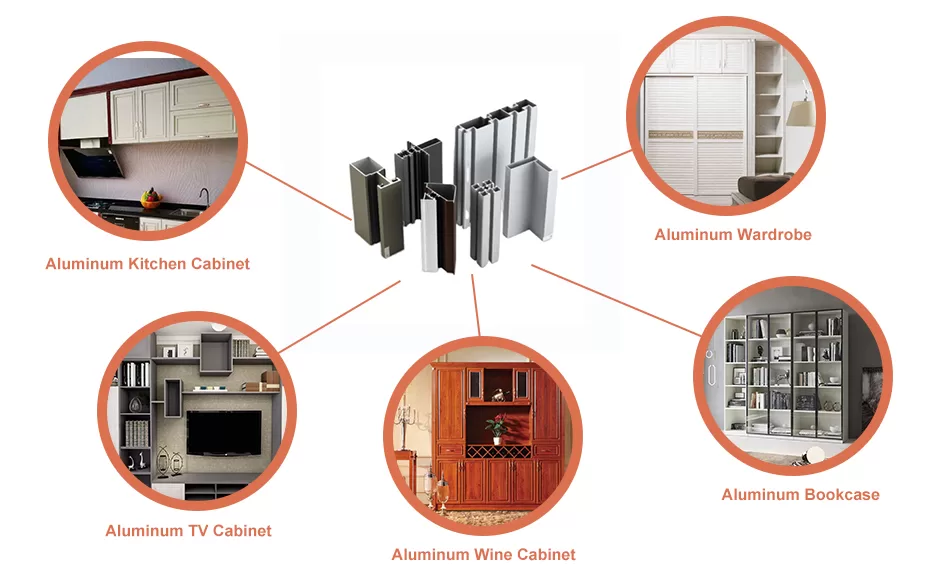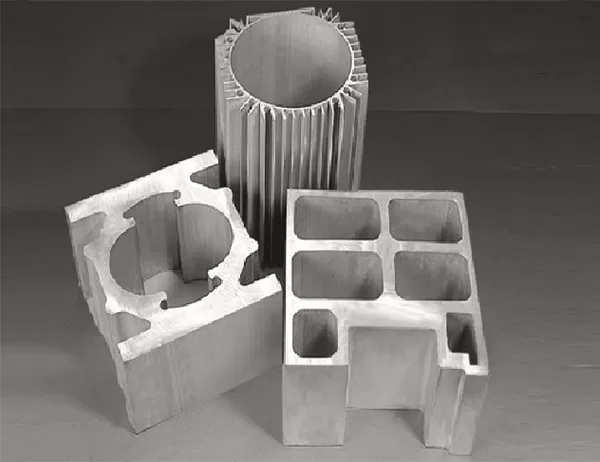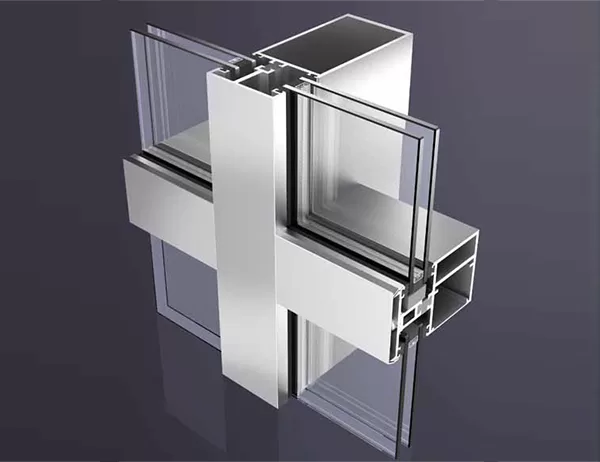Introduction
In an era driven by efficiency and affordability, manufacturers constantly seek innovative solutions to reduce production costs without compromising quality. 6101 aluminum alloy emerges as a game-changer in this quest, offering a remarkable balance between strength, durability, and cost-effectiveness. This article explores the multifaceted strategies for maximizing the cost-benefits of 6101 aluminum alloy, empowering manufacturers to unlock significant savings while maintaining exceptional performance standards.
Material Selection
Alloy Composition
The unique combination of magnesium, silicon, and copper in 6101 aluminum alloy results in an exceptional strength-to-weight ratio, making it an ideal choice for applications where weight reduction is crucial, such as aerospace and automotive industries.
Heat Treatment
Heat treatment processes, such as solution treating and artificial aging, enhance the alloy’s mechanical properties. By controlling the heating and cooling cycles, manufacturers can fine-tune the alloy’s strength, hardness, and toughness, tailoring it to specific application requirements.
Fabrication Techniques
Extrusion
Extrusion involves forcing the alloy through a shaped die, creating complex profiles with consistent cross-sections. This process minimizes material waste and enables the production of intricate components with high dimensional accuracy.
Forging
Forging involves shaping the alloy under high pressure, resulting in improved grain structure and mechanical properties. This technique is particularly advantageous for components requiring exceptional strength and durability.
Machining Processes
CNC Machining
Computer numerical control (CNC) machining utilizes computerized instructions to precisely cut and shape the alloy. This automated process ensures precision and repeatability, reducing labor costs and minimizing material waste.
Additive Manufacturing
Additive manufacturing, also known as 3D printing, enables the creation of complex geometries that are difficult or impossible to produce using traditional methods. This technique reduces material waste and allows for customization, resulting in cost savings and increased design flexibility.
Surface Treatment
Anodizing
Anodizing is an electrochemical process that creates a protective oxide layer on the alloy’s surface, enhancing its corrosion resistance and wear resistance. This treatment prolongs the lifespan of the material, reducing maintenance costs over time.
Applications
The versatility of 6101 aluminum alloy extends across a wide range of industries, including:
Aerospace: Lightweight components with exceptional strength-to-weight ratio
Automotive: Engine components, body panels, and suspension parts
Marine: Corrosion-resistant fittings, hulls, and propellers
Conclusion
Cost-effective strategies with 6101 aluminum alloy encompass a comprehensive approach that optimizes material selection, fabrication techniques, machining processes, surface treatment, and application considerations. By leveraging these strategies, manufacturers can significantly reduce production costs while maintaining the desired levels of strength, durability, and performance. 6101 aluminum alloy empowers manufacturers to unlock innovation and efficiency, making it an indispensable choice in today’s competitive market.




